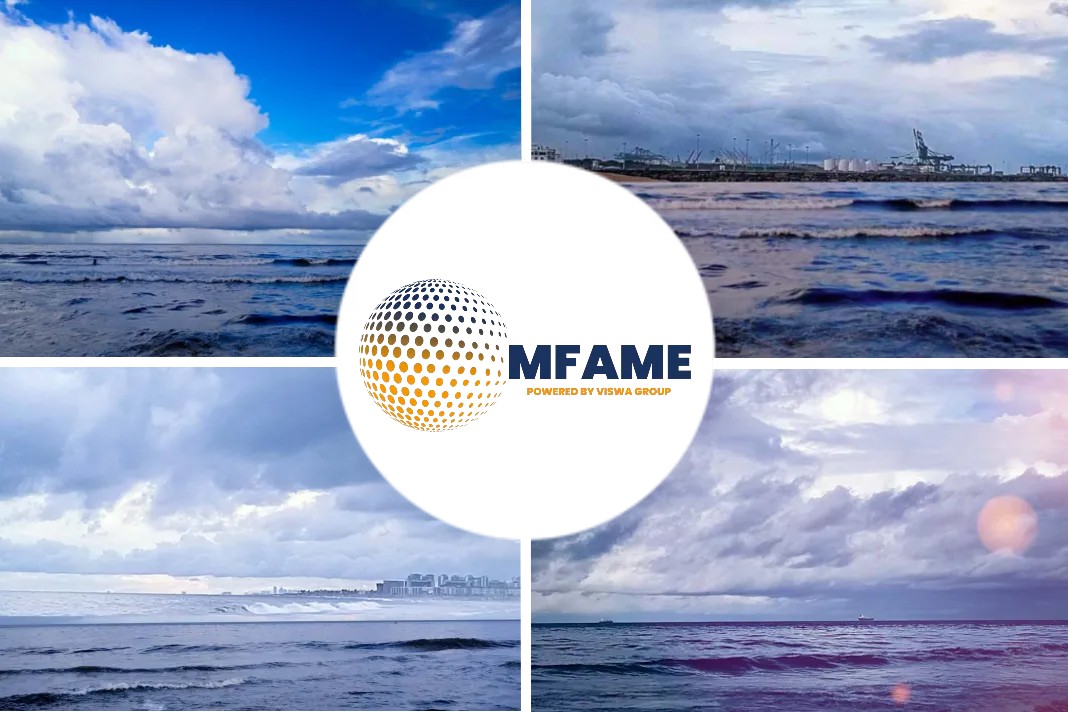In BIMCO’s latest issue published on their website, the BIMCO’s Deputy Secretary General, Lars Robert Pedersen says that the carriage ban that comes into force on 1 March 2020 will quickly make the challenges of the 1 January 2020 sulphur limit fade. When the ban kicks in, covering the basics or reaching for the Fuel Oil Non-availability Report (FONAR) will no longer be enough, he reiterates.
Eyes Fixed on 1st January
The industry’s eyes are firmly fixed on 1 January 2020 when the IMO 0.50% sulphur limit takes effect. While the regulation presents a number of challenges for the industry, the carriage ban means shipowners will not even be allowed to have high-sulphur fuel on board – unless they have a scrubber.
With the carriage ban, the operational flexibility for the ship disappears, along with many of the options that players have from 1 January under the sulphur limit, says Pedersen.
Loss of operational flexibility
The cost of detention or having to debunker fuel that is labelled non-compliant could be devastating for many shipowners. Most ships have limited pump capacity, and it would take up to nine days to debunker 1,000 tonnes of fuel.
“How do you handle a ship with non-compliant fuel on board when you can hardly debunker it in less than a week? It is something that you want to avoid at all costs. So far, debunkering has been avoided because shipowners have had a level of flexibility,” says Pedersen.
Operational Ways To Deal With Sulphur Limit
He explains that if a ship gets non-compliant fuel by mistake, there are operational ways to deal with it under the sulphur limit. The ship could bunker compliant fuel in another tank if it has one, or it might have fuel on board that allows it to reach the next port without burning the non-compliant fuel. From an operational perspective, there is a level of flexibility.
“But that flexibility is lost from 1 March. The ability to depart the port with non-compliant fuel on board, if you are in that situation, will no longer be there. Until 1 March, you are allowed to carry noncompliant fuel without having to disrupt the operation. That is the flexibility,” Pedersen says.
Regular fuel testing is done after the fuel comes on board, and the results are usually given when the ship has already departed the bunkering port and is out at sea.
“With the carriage ban, there is likely to be no option to pay a fine. The ship may not be allowed to depart. This is what shipowners and operators need to be very aware of. From 1 March, there are no longer any easy ways out. Or the way out – debunkering – will be too costly,” says Pedersen.
Test the fuel before it is too late
From 1 March, Pedersen argues that shipowners and operators should explore having a surveyor make sulphur tests of the fuel before bunkering and before pumping begins. Testing afterwards will be too late.
A surveyor can take a sample from the barge tank, run it through a measuring device and get the result in a matter of minutes. While the test result is only indicative, it is still relatively accurate and will give an indication of whether the fuel is compliant
The testing equipment already exists but may cost around US$15,000 to US$30,000 per unit.
Cover the Basics
“So far, people are not doing this. Yes, the equipment is expensive, but it might be cheap money to spend compared with a detention and the prospect of debunkering,” says Pedersen.
“Nothing is for free, and it is most certainly not for free to be detained or forced to debunker. So, which is better? I suggest that from 1 March, to protect themselves, shipowners and operators must do more than covering the basics.”
Did you subscribe to our daily newsletter?
It’s Free! Click here to Subscribe!
Source: BIMCO






















